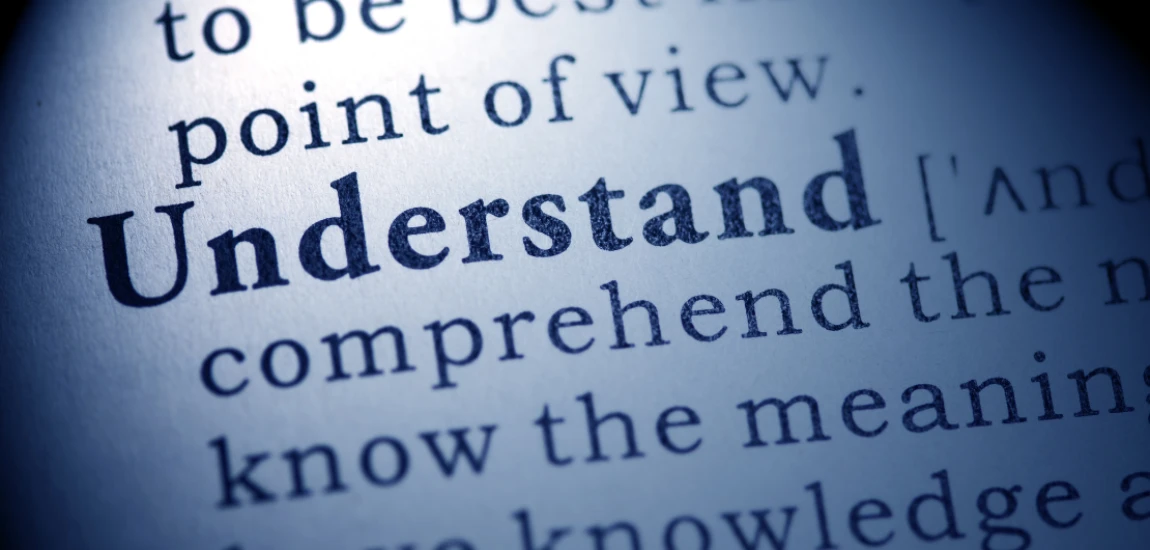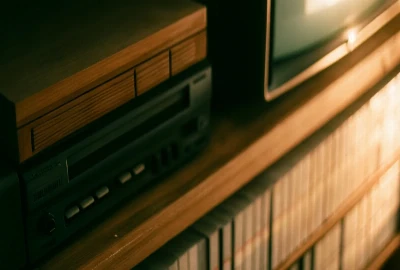When Fandoms Turn Toxic: Understanding the Dark Side of Fan Culture

Fandoms are often celebrated as safe spaces where people can connect over shared passions—whether it’s a movie franchise, a video game, a band, or a book series. But as these communities grow larger and more passionate, they can sometimes take a darker turn. Toxicity in fandoms has become a defining issue in pop culture, creating hostile environments for both creators and fans. Understanding when fandoms turn toxic, why it happens, and how to manage it is essential for healthier digital and cultural landscapes.
The Evolution of Fandom Culture

Fandoms have existed long before the internet, but their growth and accessibility have transformed dramatically in recent decades. While once niche gatherings of enthusiasts, fandoms have now become global powerhouses that influence trends, marketing, and even creative decisions in Hollywood and beyond.
From Niche Clubs to Mainstream Communities
In the past, fandoms thrived in small, localized spaces—fan clubs, conventions, and zines. With the rise of the internet, these groups moved online, expanding their reach and becoming major cultural forces. Social media platforms like Twitter, Reddit, and TikTok have amplified fandom voices, making them louder and more influential than ever.
The Rise of “Stan” Culture
The term “stan,” originally from an Eminem song, now defines extreme fans who obsessively support and defend their idols. While stanning can create devoted communities, it can also lead to harassment of those who criticize or disagree with their chosen celebrity or franchise.
The Influence on Media and Creators
Studios and creators increasingly pay attention to fandom reactions, sometimes altering creative choices to cater to fan demands. While this engagement can be positive, it also places creators under immense pressure, leaving little room for artistic experimentation.
Why Fandoms Turn Toxic

Understanding why fan communities, which begin with love and enthusiasm, can transform into toxic environments requires looking at social psychology and group behavior.
The Power of Identity and Belonging
Fandoms often become extensions of personal identity. When someone criticizes a favorite show or artist, fans can interpret it as a personal attack, triggering defensive or aggressive responses. This blurring of lines between personal identity and media preference fuels toxicity.
Tribalism and Gatekeeping
Fandoms sometimes split into factions, where gatekeeping becomes prevalent. Long-time fans may belittle newcomers for not knowing enough history, while others may attack fans who enjoy the content in different ways. This creates an “us vs. them” mentality that erodes inclusivity.
The Role of Social Media Algorithms
Social platforms reward outrage and engagement. Toxic fan behavior, such as pile-ons or harassment campaigns, often spreads quickly because algorithms push controversial content to larger audiences. What starts as one negative comment can spiral into widespread hostility.
Case Studies of Toxic Fandoms

Examining specific examples reveals just how damaging toxic fandom behavior can be for communities, creators, and even entire franchises.
Star Wars Fandom and Backlash
The Star Wars franchise has one of the most passionate fan bases, but its recent installments sparked intense divisions. Actors like Kelly Marie Tran faced severe online harassment, leading her to leave social media. This showcased how toxic behavior can harm individuals directly.
Gaming Communities and Harassment
Video game fandoms, particularly in online multiplayer spaces, often struggle with toxicity. Incidents like Gamergate revealed how fan spaces could devolve into organized harassment campaigns, targeting both creators and players, especially women and minorities.
Music Fandoms and “Stan Wars”
Pop music fandoms, such as those surrounding K-pop or mainstream artists like Taylor Swift, often engage in “stan wars.” While these can seem playful at first, they frequently escalate into organized harassment campaigns against rival fan groups or critics, leaving little room for respectful dialogue.
The Impact of Toxic Fandoms on Creators and Fans

When fandoms turn toxic, the damage extends far beyond heated online debates. Both creators and fellow fans feel the consequences, which can discourage engagement and stifle creativity.
Creators Under Pressure
Toxic fandoms can create impossible standards for creators. Directors, writers, or musicians face backlash when their artistic vision doesn’t align perfectly with fan expectations. This pressure can lead to burnout, censorship, or even withdrawal from public platforms.
Fans Turning Against Each Other
Toxicity erodes community spirit. Instead of celebrating shared passions, fandoms can become battlegrounds where fans fight over interpretations, opinions, or loyalties. This discourages casual fans from participating and makes spaces less welcoming.
Long-Term Reputation Damage
When a fandom becomes notorious for toxicity, it can harm the reputation of the franchise itself. Potential new fans may hesitate to engage, fearing hostility or judgment from existing members. This creates a cycle where the community shrinks, but toxicity intensifies.
How to Recognize and Address Toxic Fan Behavior

To create healthier communities, it’s important to recognize the signs of toxicity early and address them constructively.
Warning Signs of Toxic Fandoms
Common red flags include harassment of creators, excessive gatekeeping, hostility toward new members, and coordinated harassment campaigns. If these behaviors dominate a space, it’s a sign the fandom may be crossing into toxic territory.
Building Inclusive Communities
Fandom leaders—whether moderators, influencers, or creators—play a crucial role in fostering inclusivity. Setting clear community guidelines, celebrating diverse perspectives, and discouraging harassment can help create safer spaces for fans.
Personal Boundaries and Self-Regulation
Fans themselves must recognize when participation in a fandom becomes harmful. Setting boundaries, curating social media feeds, and stepping back from toxic interactions can protect mental health while preserving enjoyment of the content.
The Future of Fandoms: From Toxicity to Transformation

While the darker side of fandom culture can’t be ignored, it’s also important to consider ways forward. Healthy fandoms are still possible, and many communities are already working to improve their dynamics.
Harnessing Positivity in Fandoms
Some fan groups deliberately focus on kindness, inclusivity, and creativity. From fan art to fan fiction, these contributions demonstrate how fandoms can thrive without toxicity, celebrating shared love without hostility.
Accountability for Platforms
Social media companies must take responsibility for curbing harassment and toxic behavior. Stronger moderation tools, reporting systems, and algorithm changes can reduce the amplification of harmful content.
Fandoms as Spaces for Change
Fandoms, when healthy, can inspire activism and social impact. Many fan communities raise money for charities, spread awareness about important issues, and build global friendships. This proves that while toxicity is a risk, fandoms also have the power to create meaningful positive change.



